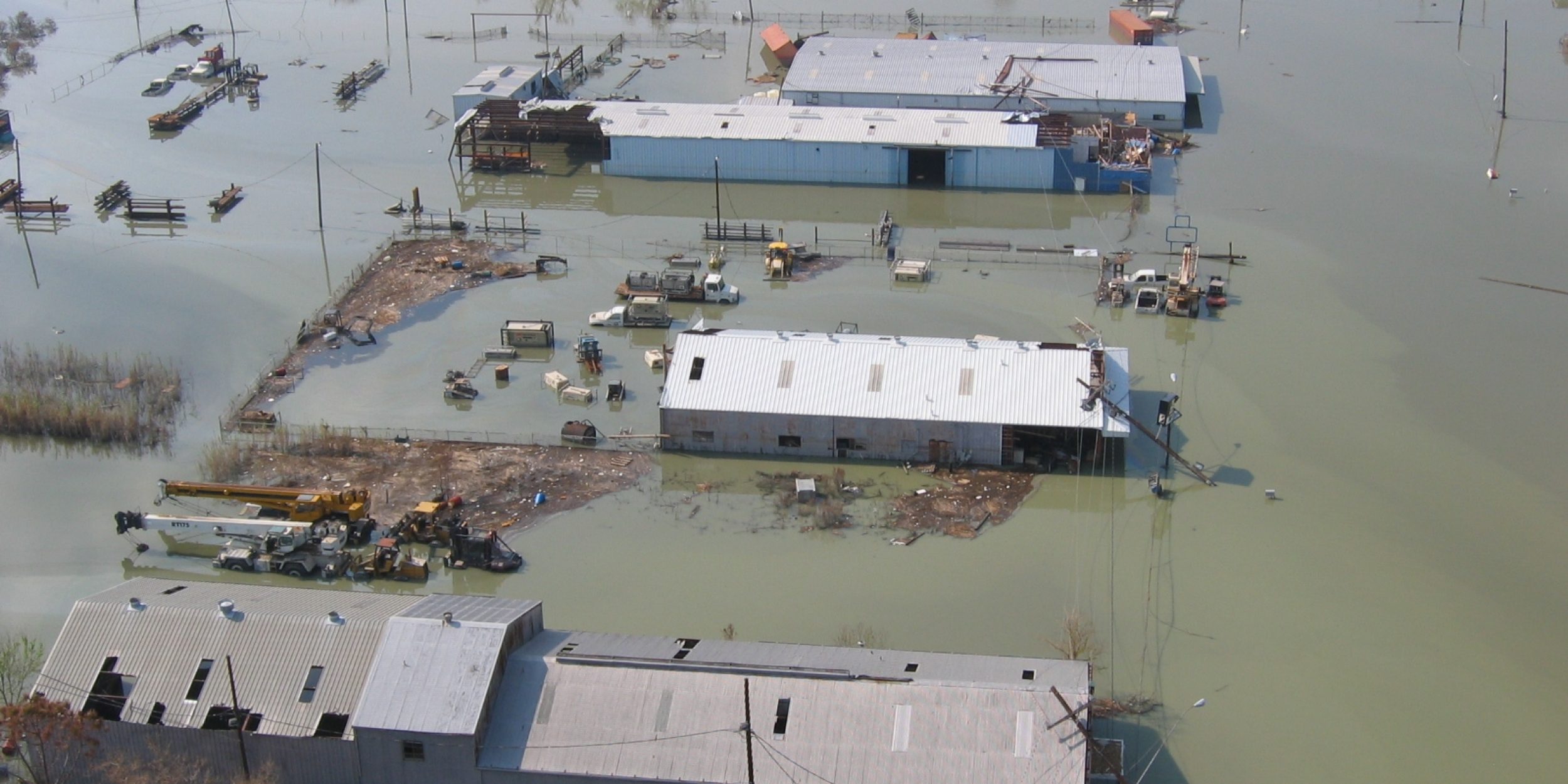
A study recently published in Environmental Research Letters shows that a new modeling approach significantly increases skill for precipitation and temperature predictions, particularly extremes. Droughts, floods, and other hydrological events impact communities all over the world. Reliable forecasts more than two weeks in advance can help increase preparedness and reduce vulnerability to such extremes. However, skillful predictions at subseasonal timescales (two weeks to two months) remain challenging.
The North American Multi-Model Ensemble (NMME), which combines forecasts from the leading U.S. and Canadian climate models, provides temperature and precipitation predictions that, on average, are more skilful than those of any individual model within the NMME. Among the NMME’s many benefits is that, as a multi-model ensemble prediction system, it provides flexibility to optimally combine the models for different forecast variables and different applications (such as for drought or for flooding).
Researchers from Princeton University, funded in part by the NOAA Climate Program Office’s Modeling, Analysis, Predictions and Projections Program (MAPP), used the NMME’s flexibility to compare the skill of its subseasonal predictions for 1982–2012 for different model weighting methods. The authors, Niko Wanders and Eric Wood, compared the forecast skill of the ‘standard’ method – equally weighting each model in the ensemble – to constrained and unconstrained ‘optimally weighted’ approaches, which give more weight to the more skillful forecast models in the ensemble. In the constrained approach, all models contributed to the forecasts, while in the unconstrained approach, models with poor skill were excluded or negatively weighted.


The researchers found that forecast skill is significantly increased through the optimally weighted approaches as compared to the equally weighted method, in particular for longer lead times and for extreme events. U.S. regions that initially had relatively low forecast skill showed high skill after applying optimal weights. The method using unconstrained optimal weights showed the highest forecast skill overall, as well as greater confidence in the forecasts. Given the need for more reliable predictions, implementing optimally weighted forecasts has the potential to substantially improve early warning systems. More skillful decision support tools and products, in turn, would greatly increase their utility in planning for hazardous conditions and supporting community preparedness.
Access the paper: http://iopscience.iop.org/article/10.1088/1748-9326/11/9/09400



